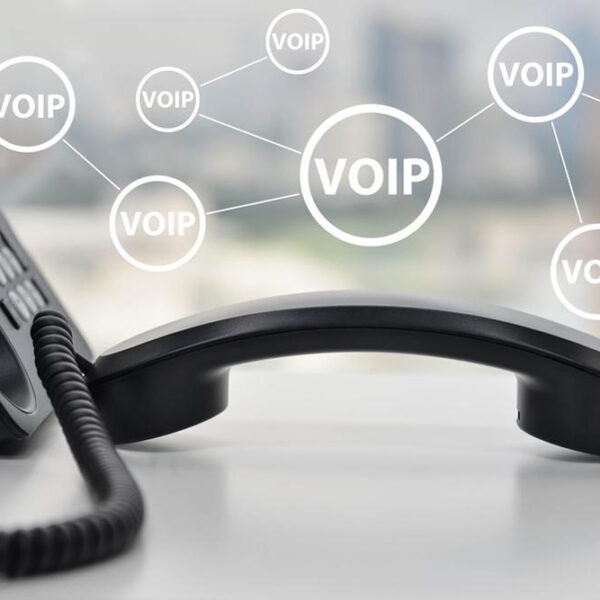
Awesome hardware-free VoIP services for everyone
Voice-over Internet Protocol (VoIP ) services are making huge strides. In addition to making phone calls but also talk face-to-face, share personal time with others online and do much more. Getting a VoIP service can add multiple personal and professional benefits to enrich your life. You can conduct interviews through video conferencing, get personal mentoring online, and do much more. Practically, it’s all fun and games for most people. But it doesn’t end there. You save a lot of money too. If you ever wanted to ditch that landline or analogous telephone connection, consider a VoIP service. You don’t need to install any additional hardware for using these services. You simply create an account online, register, and instantly start using them. You can use them on a wide array of media playing devices like tablets, iPhones, laptops, desktops, and other mobile devices. Accumulate minutes per month to make free calls in certain areas. Some VoIP services even let you receive unlimited calls for a trial period. They provide lucrative calling packages for certain seasons like Skype. Here’s a list of the top two VoIP services meant for use by all kinds of users. Whether you want to chat with your mate, or make a business call, these VoIP services will make your life much more easier.

